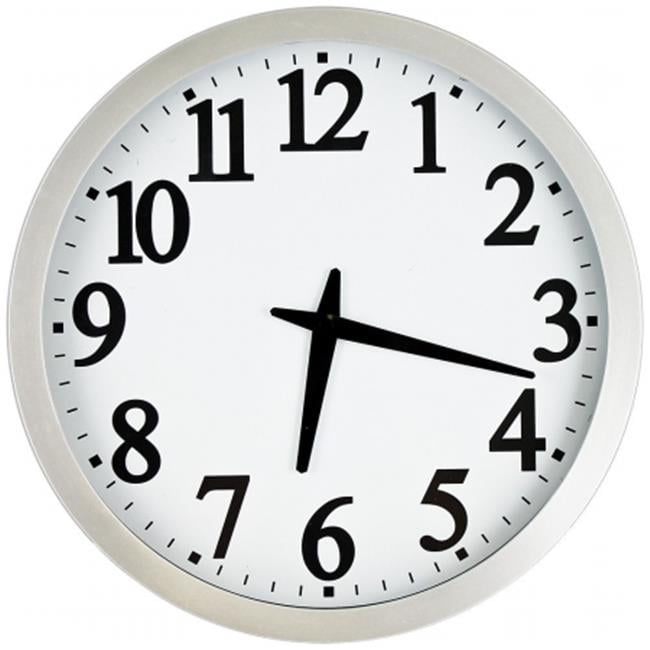

The last six lines, which end in C, D, or E, form the sestet. The first eight lines, which all end in rhyme A or B, form the octave. The Petrarchan or Italian sonnet, named because of the fourteenth century Italian poet Petrarch, has the rhyme scheme ABBAABBA CDECDE. Most noticeably unlike the Petrarchan version, the Shakespearean sonnet is brought to a hard-hitting declaration in the diminutive final couplet. Sometimes the first two quatrains are dedicated to the same thought, similar to the octave of the Petrarchan sonnet, and followed by a similar Volta or turn. The trouble is generally developed in the first three quatrains, each quatrain with an original idea growing out of the preceding one. The Shakespearean sonnet has the rhyme scheme ABAB CDCD EFEF GG, shaping three quatrains (four lines in a group) and a closing couplet (two rhymed lines).
#Sonnet 12 series
The Shakespearean or English sonnet was essentially developed in the sixteenth century by the Earl of Surrey, but is named after Shakespeare because of his great sonnet series (a sequence of sonnets all exploring the same theme) printed in the year 1609. Different types of sonnets have dissimilar rhyme schemes. The rhyme scheme of a sonnet refers to the pattern shaped by the rhyming words at the end of each line.Įvery end-rhyme is assigned a letter, and the fourteen letters assigned to the sonnet illustrate the rhyme scheme. “Iambic Pentameter,” subsequently, means a line of ten syllables, which interchanges unstressed and stressed syllables according to the iambic measure.

Pentameter means there are five feet in the line. The iambic foot is an unstressed syllable followed by a stressed syllable.

A simple grouping of syllables, some stressed, some unstressed, is called a foot. One means to illustrate a verse line is to speak about how many stressed and unstressed syllables are in the line. A sonnet is a one-stanza poem of fourteen lines, written in iambic pentameter. As for the forms of the sonnet, we are clear that it was definitely written by Shakespeare. It is true, however, that it is not clear that we have Shakespeare’s order, so this is just my opinion. The importance of the placing of this sonnet here (12) (I believe it’s because of the twelve hours of the day) as well as that of the ‘minute’ sonnet at (60) is hard to establish, but at the very least it points to an organized hand, which, like the clock itself, measures out the chain of important events as they occur. The logic of the lines ends with the line itself is like the ticking of a clock or the unstoppable motion of a pendulum as it swings from side to side. The lively and rapid passage of time, which brings every thing to an end, is described, not indeed in abundance, but with such noteworthy and overwhelming effect that humanity almost stares us in the face as we read it. It will always be one of the best sonnets in the history of language. This sonnet is so famous that it almost makes commentary unessential.


 0 kommentar(er)
0 kommentar(er)
